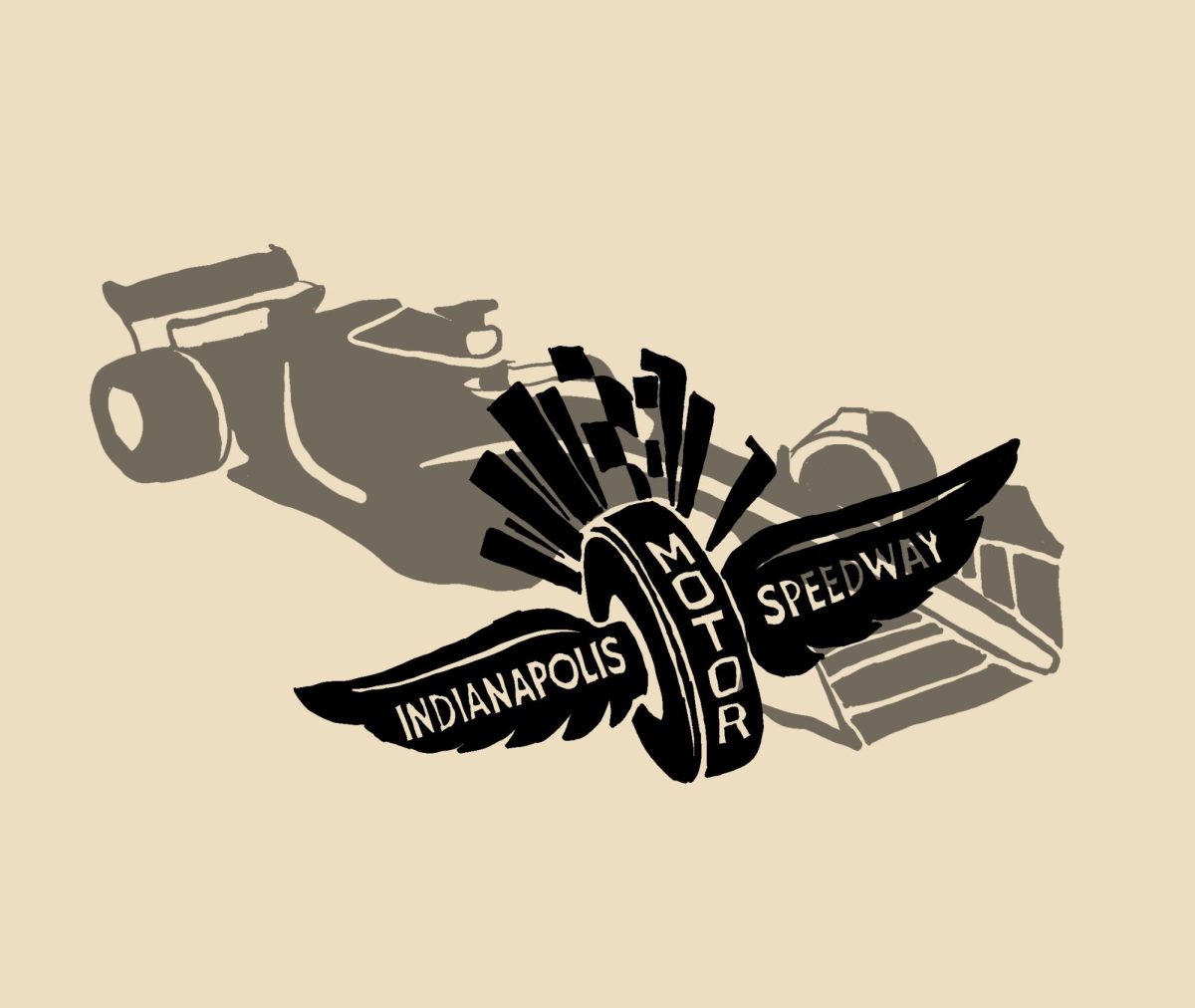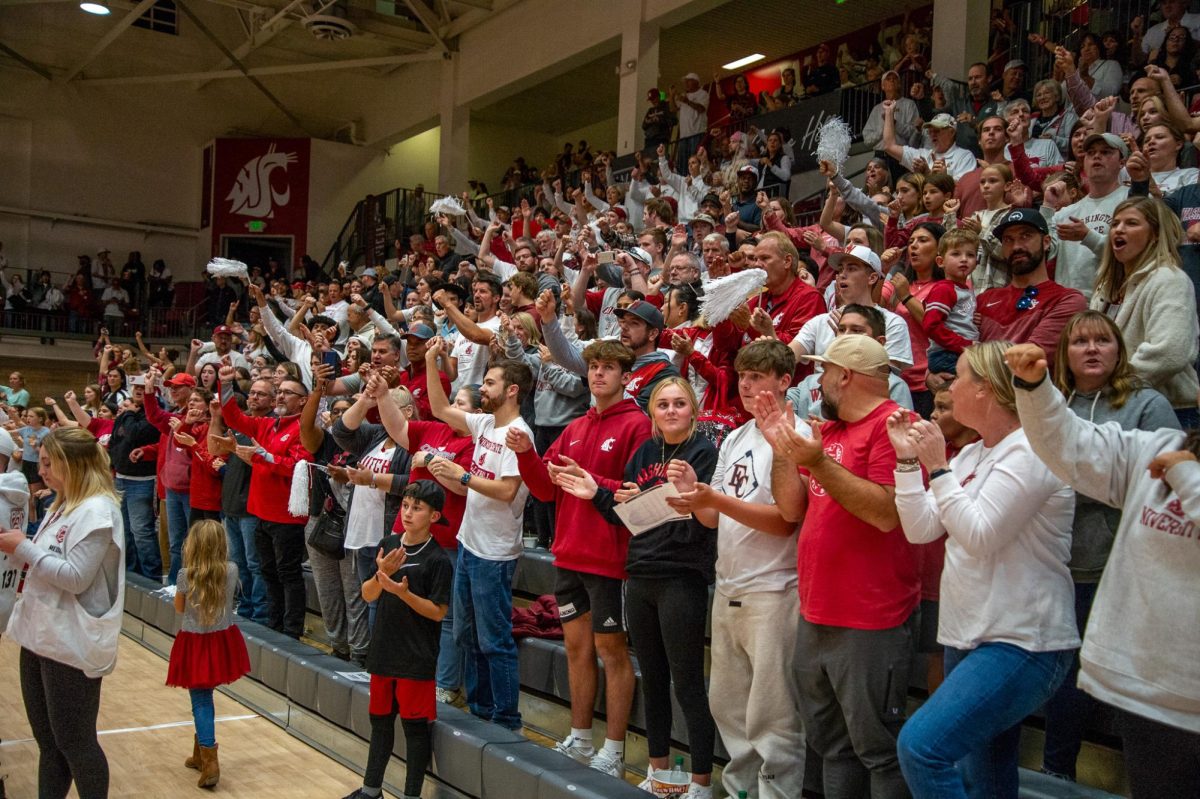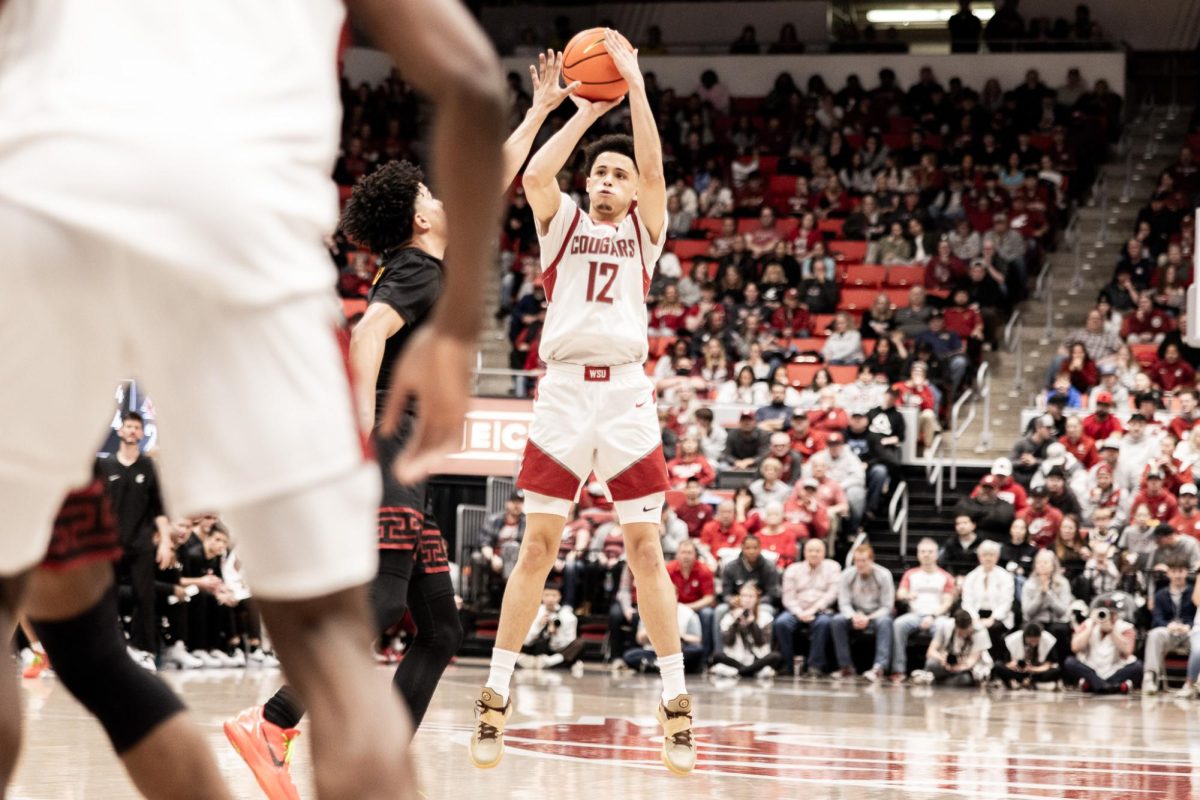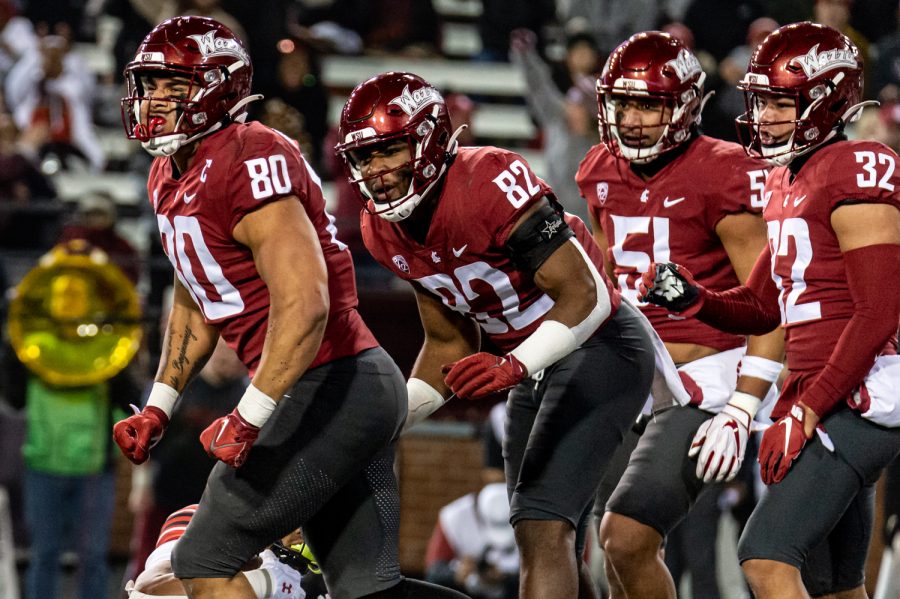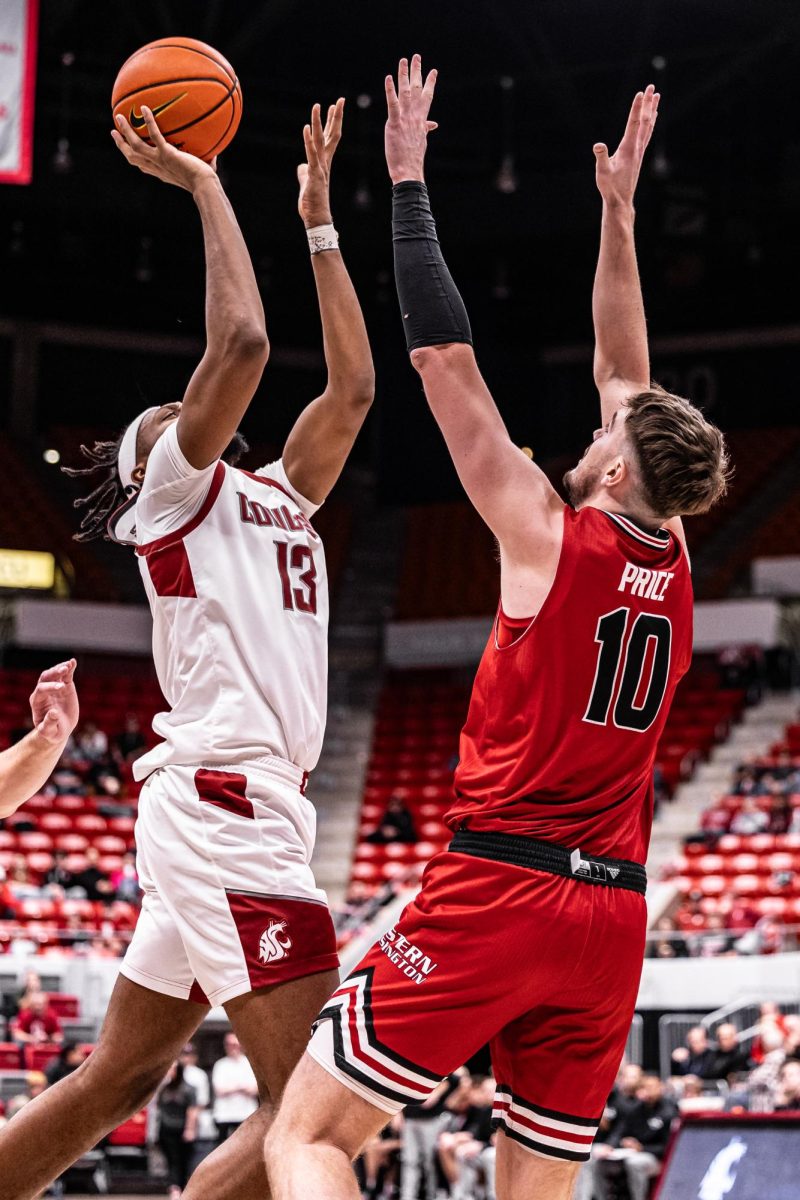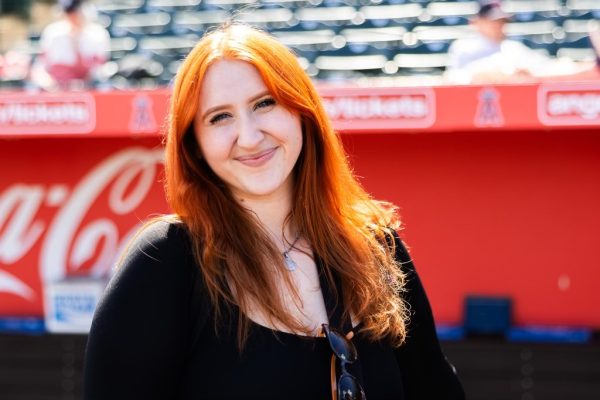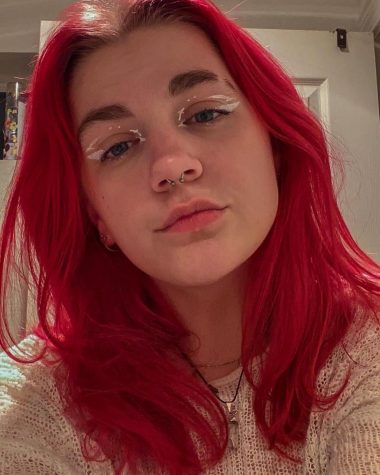It’s been 45 years since the “Star-Spangled Banner” last played at a Formula One podium ceremony, marking the victory of an American driver. And yet, the sport has never been more popular in the United States.
F1’s success in the States is large in part due to an aggressive push of geographic marketing, hit Netflix series “Drive to Survive” and the addition of two more races to its calendar on U.S. soil within the last two years.
A 2021 study shows record numbers of not only an increase in female fan engagement — citing 18.3% of the survey’s responses, a 177% increase from 2017 — but the extent of F1’s growing global outreach in recent years. Partnerships with Netflix, interactive social media landscapes for fans and other digital marketing avenues serve as major contributors to this success, according to the study.
F1 has managed to crack an American audience wide open — but where does that leave its competition?
Enter IndyCar, the premier open-wheel racing series in North America. Though many are familiar with its crown jewel, the Indy500, IndyCar comprises road courses, street circuits and classic oval tracks, and sees racing across the continent throughout its championship season.
For decades, IndyCar has been a staple in motorsport, with an extensive history of over 100 years (for example, the tradition of the Indy500 began in 1911). Several racing legends can attribute the series to their fame, such as AJ Foyt, Michael Andretti and Scott Dixon.
Today, IndyCar contains all the classic bravado of American motorsport with a European edge. Drivers originating from around the world come to the States to enjoy its competition.
Though NASCAR holds the title of most-watched motorsport in the United States, F1’s burst in popularity poses questions in regard to the future of American motorsport. With weekend attendances reaching 432,000 at the United States Grand Prix, 270,000 at the Miami Grand Prix and 315,00 at the Vegas Grand Prix, America’s love of F1 isn’t going anywhere any time soon.
IndyCar has yet to reach the same levels of popularity. But there is one thing that could be a huge factor in changing that: the level of competition.
The last two decades of F1 history show a clear pattern of domination. Michael Schumacher and Ferrari owned the beginning of the 2000s, Red Bull darling Sebastian Vettel claimed the early 2010s and Lewis Hamilton rewrote the record books with Mercedes from 2013-2020.
And now, with no trace of doubt, Max Verstappen reigns supreme. Claiming the 2023 driver’s championship (and third consecutive title) with a whopping 575 points, Verstappen has blown every other driver out of the water.
With the 2024 season right around the corner, only time will tell if the Dutchman is to remain untouchable, or if another force will knock him from his throne.
IndyCar, however, is a different story. The caliber of competition can be attributed to car design. The same chassis is run across the IndyCar grid, allowing for similar aerodynamics and less diverse technological innovation between teams – which so often gives one or two teams a leg up over the rest in F1.
The wheel-wheel racing is far closer in IndyCar. Throughout the seasons, fans will see multiple drivers battling for and taking victory, as opposed to just two or three.
“The racing is so good, but there is something missing that we have yet quite to crack. And I think there’s a lot of examples that are going around in motorsports that have shown growth. It’s basically not a plug and play because every series is different, but you see how other series grow” Pato O’Ward, McLaren Arrow driver, said to Motorsport.com.
By heeding inspiration from its international cousin, IndyCar must utilize similar marketing tactics if the series is to achieve stardom on its home soil. The component of competitive racing could draw in larger audiences who love the speed of F1 but crave the thrill of rivalry it currently lacks.
Further development of brand identity and social media marketing efforts could be the sport’s saving grace. This is not only needed from the corporate offices, but from the drivers, too.
“I try and do my best to help and to bring new audiences and new people to the series, because I feel like once people see and watch it, they’re going to want to stick around,” O’Ward said.
The role of U.S. influence in motorsport is still murky. While American interest is of great financial benefit, Formula One announced the rejection of Andretti and Cadillac’s bids to join the 2025/26 F1 lineup Wednesday, a decision met with strong fan critique.
Andretti, an American brand, could have provided F1 with even further leverage in the stateside market.
The decision is a bit ironic, but all the more reason for IndyCar to act now.
“It’s alright. Take your 10 teams,” IndyCar driver Scott McLaughlin said on X. “We will have 27 cars within a second in a few weeks, having zero idea Sunday morning who’s going to win the race. All the very best. LFG @indycar.”





